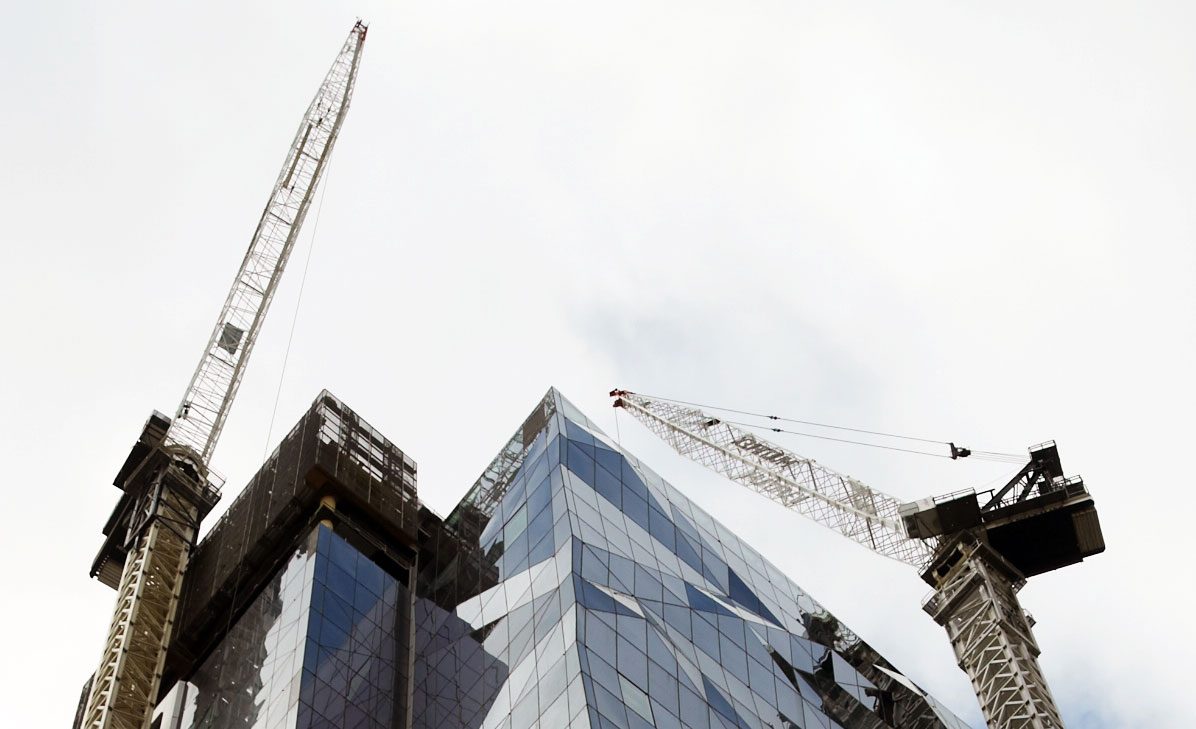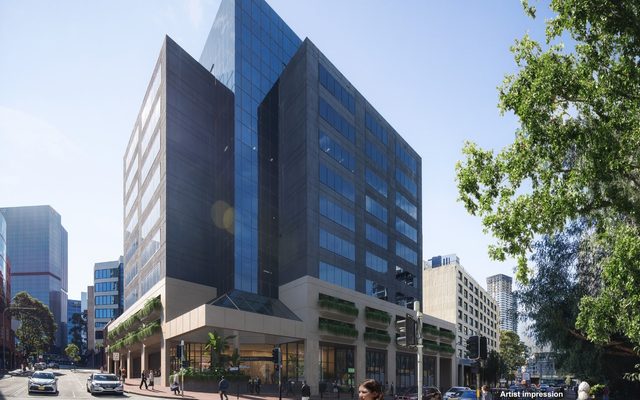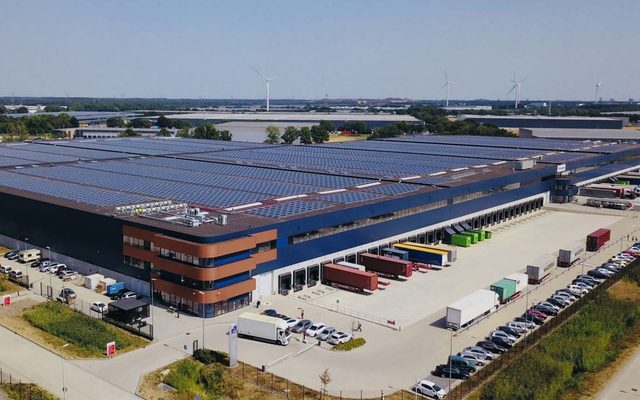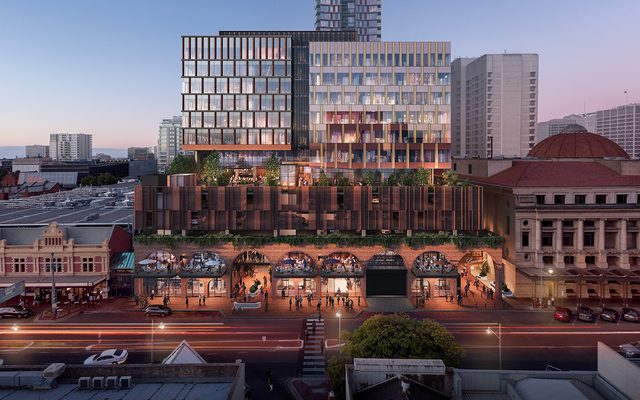This article is from the Australian Property Journal archive
AUSTRALIA’S construction industry could achieve a net zero built environment by 2040 if sustainable methods of delivery and operations become the norm.
A new national reference guide developed by researchers from UNSW Sydney could enable Australia to reach its net zero targets through materials and construction best practices to help architects, engineers and planners transform the country’s built environment into “whole life” net zero carbon buildings.
The 40-page Race to Net Zero Carbon: A Climate Emergency Guide for New and Existing Buildings in Australia, uses Australian climate data but could also be applied globally.
The guide uses a holistic guide to achieving net zero, or balancing greenhouse gas emissions produced by humans with emissions taken out of the atmosphere.
“This guide provides a deeper level of knowledge on how this sector can rapidly move towards net zero carbon buildings in the short term,” said Deo Prasad, professor and lead researcher of the guide.
“Using science-based evidence and analytics, the guide maps a clear roadmap to achieving net zero by 2040 in the building industry. It goes beyond the aspirational and into the achievable.”
Globally, the built environment is responsible for 37% of global energy-related greenhouse gas emissions, or 20% of Australian emissions.
Crucially, all stages of a building’s life cycle produce carbon emissions, making it key to focus not only on operational carbon footprints but also emissions from embedded materials and construction itself.
“Our guide goes deeper than just operational offsetting. It illustrates a ‘whole of life’ approach to buildings – considering where building material comes from, how they are transported to the construction site, and so on,” added Prasad.
While operationally carbon-friendly buildings are powered from both on-site and off-site renewable energy sources to offset the building’s carbon emissions, minimising the embodied carbon footprint can be achieved through retrofitting and reducing materials in use.
Or where possible, utilising low-carbon materials such as green steel and concrete alternatives during the construction phase.
The Green Building Council of Australia also updated its Green Star Performance industry rating tool last September to create a more efficient path to net zero for existing buildings transitioning away from fossil fuels.
The UNSW guide also provides a roadmap for buildings set to be demolished, expanding the circular economy through recycling and reuse.
“It’s possible to avoid demolishing old or undesirable buildings as their concrete structures can stay put and the building can be refurbished. Timber, aluminium and glass can be reused or recycled somehow into new products,” said Prasad.
For example, last year when ISPT moved to retrofit 500 Bourke Street in the Melbourne CBD, rather than tearing it down is set save 57,000 tonnes of carbon dioxide.
The guide emphasises the need for the industry to move beyond one-off cases of carbon neutral and net zero projects and establish these standards as a construction norm.
Such as Mirvac’s circa $700 million Kemps Creek industrial estate in Western Sydney’s Mamre Road precinct, which will be the group’s first embodied carbon neutral industrial development.
“While our guide details advanced knowledge and research, practical design approaches, and benchmarks and targets for industry to be informed, there is another vital lever required to make net zero possible,” added Prasad.
Prasad noted that governments should be mandating net zero construction codes and take a leadership position by ensuring all public buildings are net zero carbon, while also providing subsidies and rebates to incentivise change.
“It’s essential that the industry – be it clients, government or designers – start speeding up the race to net zero carbon before it becomes too late in the climate emergency,” concluded Prasad.




